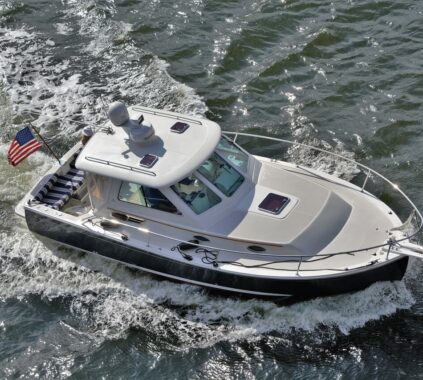
Introduction:
Welcome to our comprehensive guide on choosing the best air and compression pumps. In this article, we will provide in-depth information, expert recommendations, and practical insights to help you make an informed decision when purchasing air and compression pumps. Whether you need a pump for inflating tires, powering pneumatic tools, or operating machinery, we’ve got you covered.
Understanding Air and Compression Pumps:
Before we delve into the factors that make a great air and compression pump, let’s take a moment to understand what they are and how they work.
What are Air and Compression Pumps?
Air and compression pumps are mechanical devices used to increase the pressure of air or other gases. They are commonly used in various applications, including inflating tires, powering pneumatic tools, filling gas cylinders, and providing compressed air for industrial processes.
How to do Air and Compression Pumps Work?
Air and compression pumps draw in air or gas and then compress it to a higher pressure. This process involves several key components, including an intake valve, a compression chamber, and an outlet valve. The intake valve allows air to enter the pump, which is trapped in the compression chamber. The compression chamber reduces the volume of the trapped air, thereby increasing its pressure. Finally, the outlet valve releases the compressed air at the desired pressure.
Factors to Consider When Choosing Air and Compression Pumps:
When selecting the best air and compression pump for your needs, there are several important factors to consider. By paying attention to these factors, you can ensure that you choose a pump that meets your requirements and delivers optimal performance.
1. Pump Type:
Different types of air and compression pumps are available in the market, each with advantages and applications. Here are the most common types:
- Reciprocating Piston Pumps: These pumps use one or more pistons to compress the air. They are known for their high-pressure capabilities and are suitable for heavy-duty applications.
- Rotary Screw Pumps: These pumps compress the air using two interlocking helical screws. They are known for their smooth operation, low noise levels, and high efficiency.
- Centrifugal Pumps: These pumps generate pressure through the use of centrifugal force. They are suitable for applications requiring large volumes of air at relatively lower pressures.
2. Performance and Pressure Ratings:
The performance and pressure ratings of a pump are crucial considerations. The performance rating indicates the pump’s ability to deliver a specific volume of air or gas, while the pressure rating indicates its maximum pressure capacity. Ensure that your chosen pump meets your desired performance and pressure requirements.
3. Power Source:
Various sources, including electricity, gasoline, diesel, or manual operation, can power air and compression pumps. Consider the availability of the power source and choose a pump that aligns with your preferences and requirements.
- Portability and Size:
If you must transport the pump frequently or have limited space, portability and size, become important factors. Look for pumps that are lightweight, compact, and easy to carry or store.
- Durability and Reliability:
Investing in a durable and reliable pump is essential for long-term satisfaction. Consider the build quality, materials used, and the manufacturer’s reputation. Reading customer reviews and seeking recommendations can also provide insights into a pump’s reliability.
- Noise Levels:
Noise levels may be a concern depending on where you intend to use the pump. Some pumps are designed with noise reduction features, making them more suitable for indoor or noise-sensitive environments.
- Additional Features and Accessories:
Specific pumps come with additional features and accessories that can enhance their usability. These may include pressure gauges, built-in air filters, automatic shut-off mechanisms, or even multiple outlets for simultaneous use.
Conclusion:
In conclusion, choosing the best air and compression pump requires careful consideration of factors such as pump type, performance and pressure ratings, power source, portability, durability, noise levels, and additional features. By understanding your specific needs and evaluating pumps based on these factors, you can make an informed decision and select a pump that perfectly suits your requirements.
Remember, when searching for the best air and compression pumps, it’s crucial to prioritize quality, performance, and reliability. Take the time to research different models, read customer reviews, and seek expert opinions to ensure that you invest in a pump that will serve you well for years. Now armed with the knowledge and understanding of air and compression pumps, you are well-equipped to choose the ideal pump for your specific needs. Happy pumping!
Disclaimer: This article is for informational purposes only. Always refer to the manufacturer’s guidelines and consult professionals with air and compression pumps.













